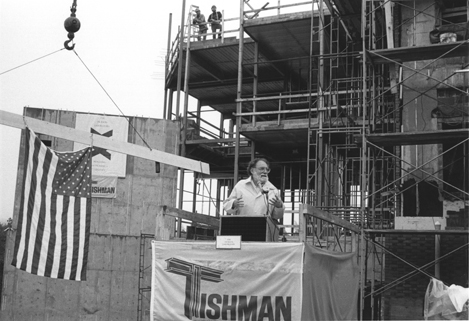
Faculty Research 1990 - 1999
Positional cloning and molecular characterization of an immunodominant cytotoxic determinant of the mouse H3 minor histocompatibility complex.
Document Type
Article
Publication Date
1998
Keywords
Amino-Acid-Sequence, Animal, Base-Sequence, Calpain: ge, Chromosome-Mapping, Cloning-Molecular, DNA-Binding-Proteins: ge, Immunodominant-Epitopes: ge, Loss-of-Heterozygosity, Mice, Mice-Inbred-C57BL, Minor-Histocompatibility-Antigens: ge, im, Minor-Histocompatibility-Loci: ge, Molecular-Sequence-Data, Peptide-Fragments: ge, Sequence-Homology-Amino-Acid, Sequence-Homology-Nucleic-Acid, SUPPORT-U-S-GOVT-P-H-S, T-Lymphocytes-Cytotoxic: ph
First Page
687
Last Page
698
JAX Source
Immunity 1998 Nov;9(5):687-98
Grant
RO1AI28802/AI/NIAID, AI24544/AI/NIAID, CA34196/CA/NCI
Abstract
Immune responses to minor histocompatibility antigens are poorly understood and present substantial barriers to successful solid tissue and bone marrow transplantation among MHC-matched individuals. We exploited a unique positional cloning approach relying on the potent negative selection capability of cytotoxic T cells to identify the H3a gene responsible for immunodominant H2-Db-restricted determinants of the classically defined mouse autosomal H3 complex. The allelic basis for reciprocal H3a antigens is two amino acid changes within a single nonamer H2-Db-binding peptide. The H3a gene, now called Zfp106, encodes a 1888-amino acid protein with three zinc fingers and a beta-transducin domain consistent with DNA/protein binding. A region of ZFP106 is identical to a 600-amino acid sequence implicated in the insulin receptor signaling pathway.
Recommended Citation
Zuberi AR,
Christianson GJ,
Mendoza LM,
Shastri N,
Roopenian DC.
Positional cloning and molecular characterization of an immunodominant cytotoxic determinant of the mouse H3 minor histocompatibility complex. Immunity 1998 Nov;9(5):687-98

